No more guessing! This is my absolute favorite FREE way to calculate your macros to find out the perfect amount of carbs, protein, and fat you need for your specific body and goals while on the keto diet!
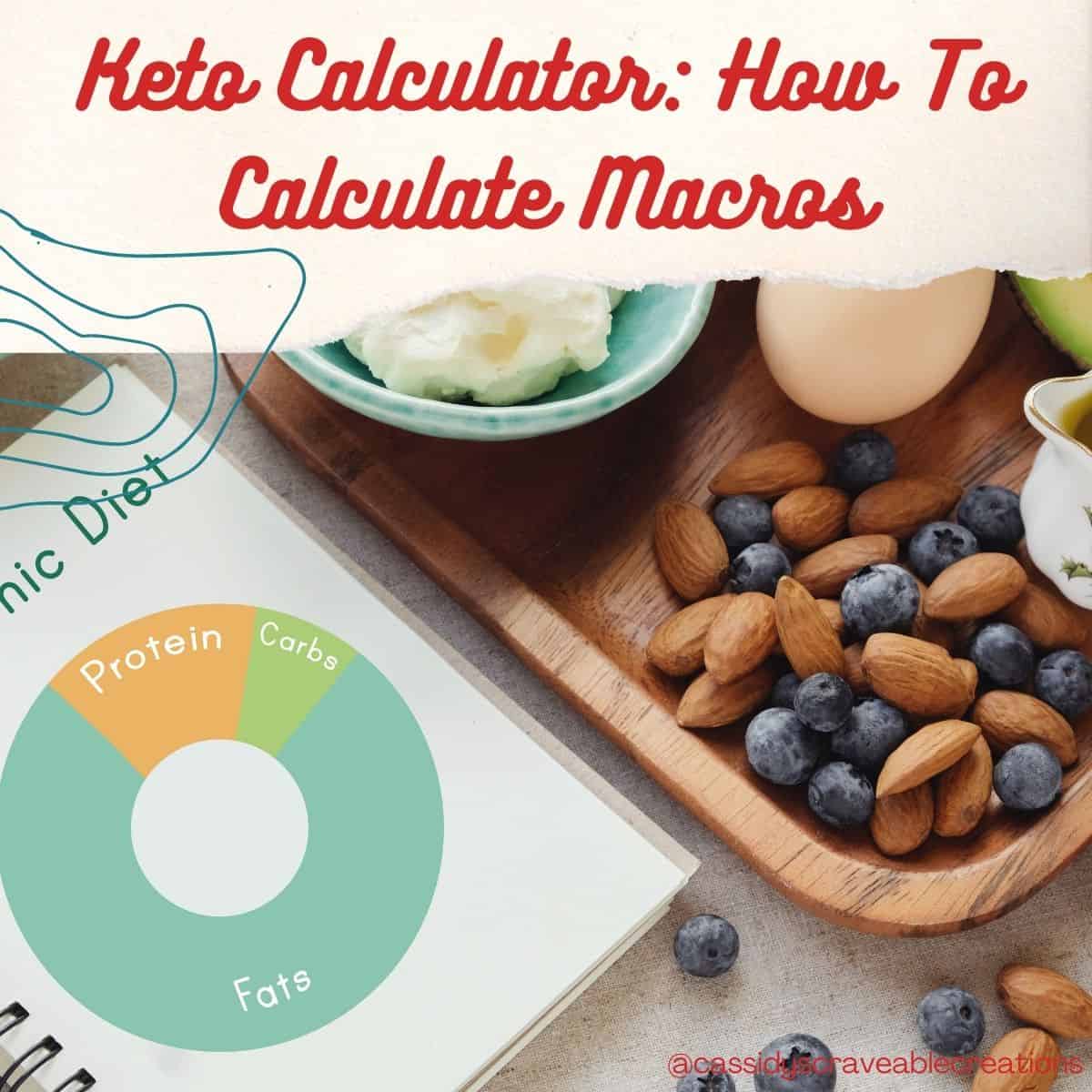
All of this information came from my Keto & Intermittent Fasting Coaching Course from Dr.Berg. This is for informational purposes only and is not intended to serve as a substitute for the consultation, diagnosis, and/or medical treatment of a qualified healthcare provider.
When first starting keto, it can be difficult to know what to eat, how much to eat, and which foods are low carb.
Eventually, following a keto diet will become more intuitive, and you should be able to stay on track without logging everything you eat.
However, when first starting out, I highly recommend calculating your macros with a keto calculator to find the perfect amount of carbs, protein, and fat you need for your specific body and goals!
Not only will you find your perfect macros, but by logging what you eat, you can more accurately figure out how to reach your goals.
Until I started logging my macros, I didn't realize how "off" I was from the macros I thought I was eating to what I was actually eating!
To find out more about the keto diet and its benefits, please see the post The Keto Diet: Everything You Need To Know
What are macros?
Macros are short for macronutrients, which are carbs, fat, and protein. This is different from micronutrients, which are vitamins and minerals.
Here's a breakdown of the 3:
- Carbs (or carbohydrates): Carbs are fiber, starches, and sugars. Digestible carbs break down into sugar (or glucose) in your body, raising blood sugar and affecting insulin levels. Fiber and sugar alcohol are the only kind of carbs that aren't digested, so they are not converted to sugar. This is why Net Carbs = Total Carbs - Fiber - Sugar Alcohol
- Fat: Fats are a source of energy and provide essential fatty acids that our body and brain need. However, not all fats are the same! Be sure to choose healthy fats with minimal processing.
- Protein: Protein is essential for building lean muscle mass.
How many macros should I eat?
I recommend eating 70% fat, 10% carbs, and 20% protein.
This is just a little bit different than the traditional keto diet. The traditional keto diet has 75% fat, 5% carbs, and 20% protein. However, following these macros doesn't allow for enough veggies to get all of the nutrients your body needs!
You need a lot of potassium (4700 mg a day!), which vegetables can help provide, along with magnesium and other vital vitamins and minerals.
Also, as you go into ketosis, fat is going to be coming out of your body. And if you don't have enough vegetables, your liver will not be able to process all the fat.
This is why I recommend 70% fat, 20% protein, and 10% carbs, with 5% of your carbs coming from low-carb veggies, such as salad, broccoli, cauliflower, spinach, celery, asparagus, etc... And this equals about 7 to 10 cups of veggies per day.
Fat
You might be thinking that eating 70% fat is a crazy amount! But keep in mind that this is the percentage of fat based on calories. So 70% of your calories will be fat.
However, fat has about two times more calories than carbs and proteins. So you would eat about half of the amount of fat than you would carbs or proteins for the same amount of calories, which adds up really fast!
For example: If you eat 1500 calories a day, just one cup of sliced avocado is over 20% of your total daily fat intake! So, by the time you add some butter to your veggies, avocado to a salad, and drizzle on some salad dressing, you've just about had your fat for the day!
On the keto diet, fat is our source of energy as well as what makes us feel full and satisfied. Keep in mind, though, that fat is like a lever.
While carbs and protein stay the same, you will increase or decrease the fat to gain or lose weight, respectively. So if your goal is to lose weight, only eat enough fat to feel satisfied, and don't try to meet a specific goal.
When choosing fats, I recommend eating healthy fats.
Some examples of good fat include:
- coconut oil
- nuts and seeds
- avocados
- eggs
- chia seeds
- flax seeds
- fatty fish
- extra virgin olive oil
- organic and grass-fed meat
- grass-fed dairy (if you tolerate dairy)
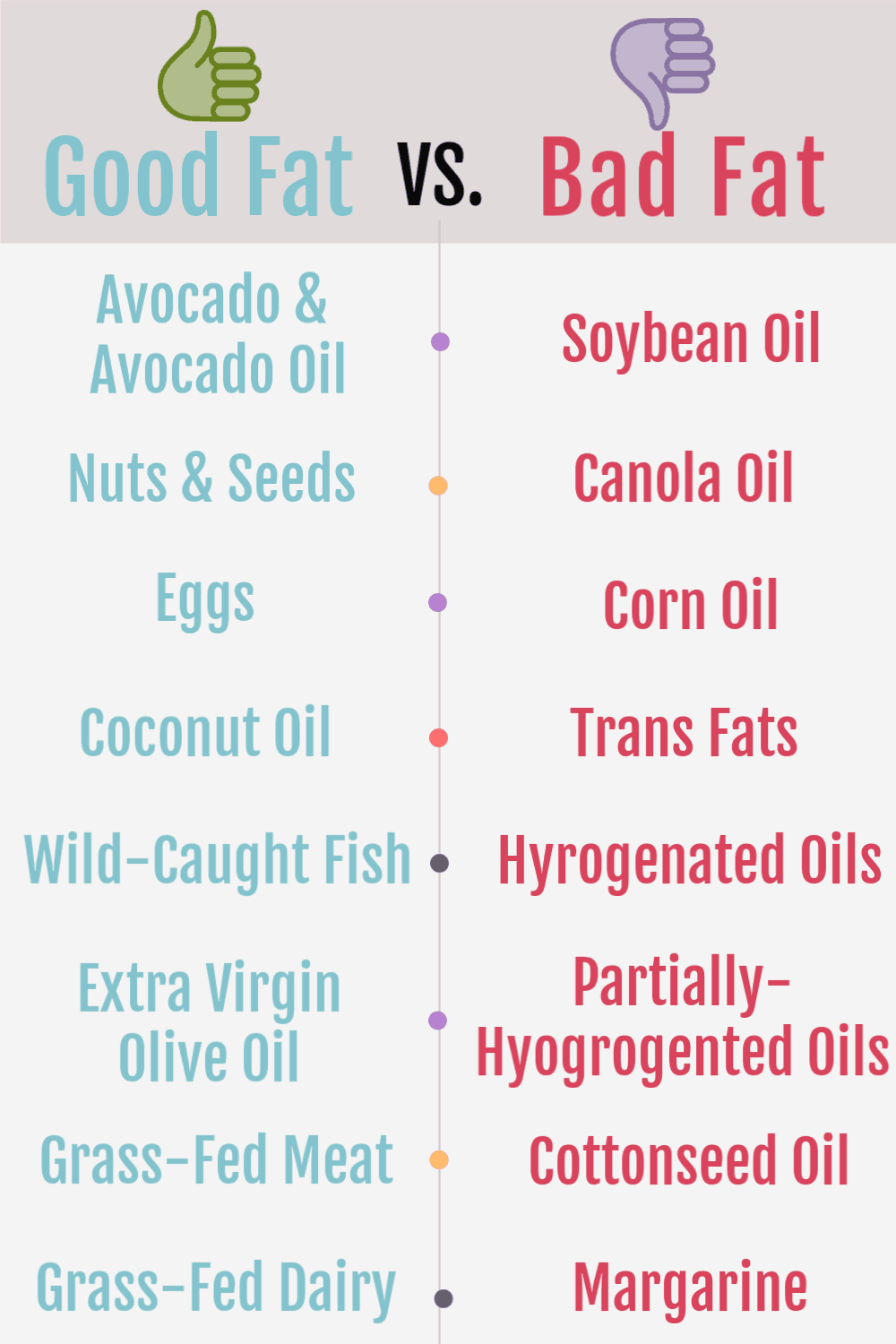
Healthy fats not only help with good cholesterol but also help with vitamin and mineral absorption, brain function, blood sugar, blood pressure, energy, and they keep you full and satisfied.
Protein
Many people get Atkins confused with Keto. While both reduce carbs, the Atkins diet allows unlimited meat, while the Keto diet is mostly focused on fats with only moderate amounts of meat and protein.
While protein is very important for your body, you want to be careful not to eat too much. Too much protein can be hard on your body, make you not feel well, and cause an insulin spike.
As a general rule of thumb, protein should be about ¼ of your plate, roughly 3 to 6 oz. per meal.
I highly recommend grass-fed beef and wild-caught fish because they contain nutrients your body needs that the conventional varieties don't contain.
How to calculate macros
My favorite way to calculate macros is with the FREE app,
Simply enter in all your details and it will calculate the carbs, fat, and protein you need to reach your specific goals! You can also track net carbs, total carbs, or only specific net carbs - which I LOVE!
Plus, it's easy to use and can also track vitamins, minerals, and much more!
Here's how to set up your macros in the keto calculator...
To use the keto calculator:
- Download the app and enter all of your information.
- Go to 'Settings' in the lower right-hand corner.
- Scroll down to 'Targets', then 'Macro Nutrient Settings'.
- Select 'Macro Ratios' at the top, then just play around with the numbers a bit until you achieve 70% fat, 10% carbs, and 20% protein.
- At the bottom, choose which carbs you would like to exclude.
And that's it, it's all set up! To see your goals, click the 'Diary' icon in the lower left-hand corner then swipe to the right 👍


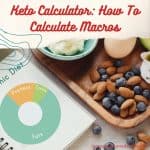
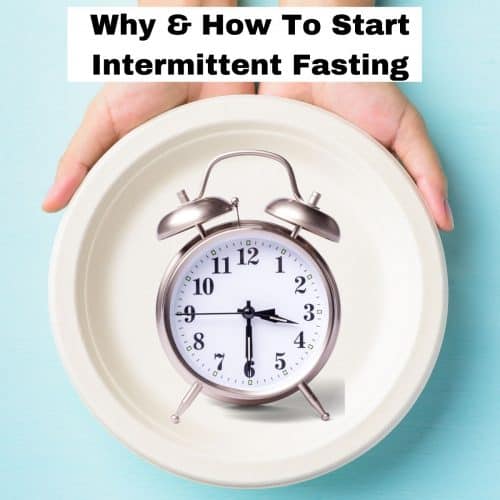
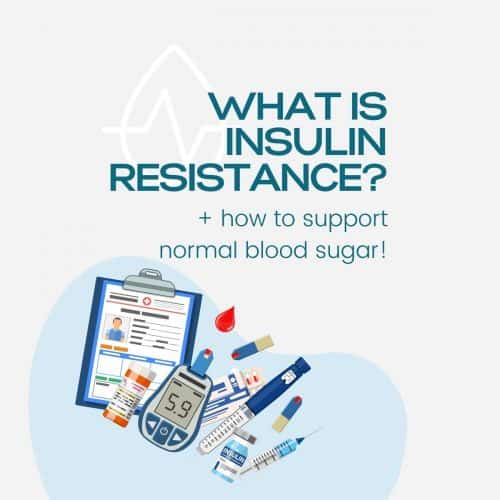
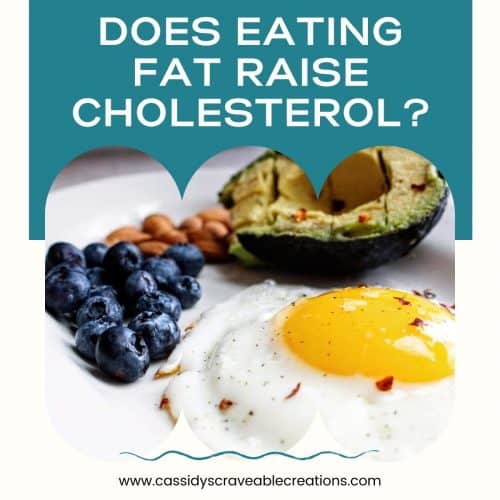
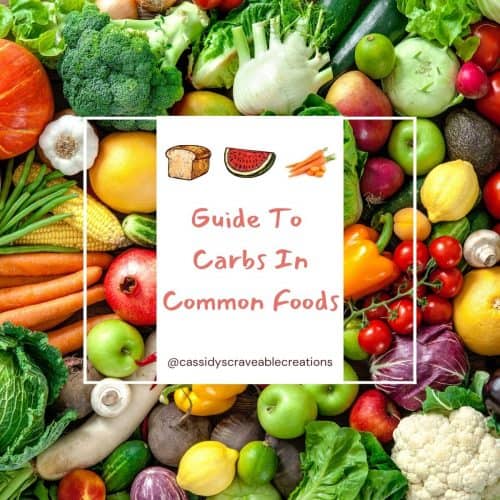
Comments
No Comments